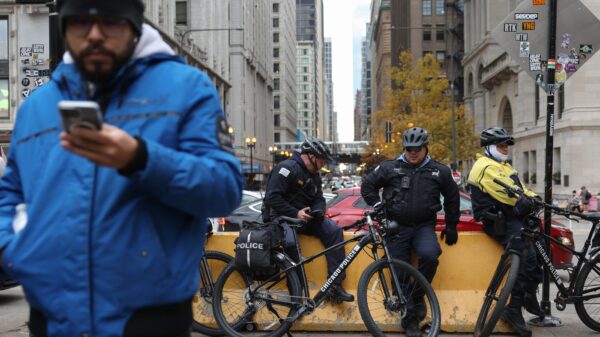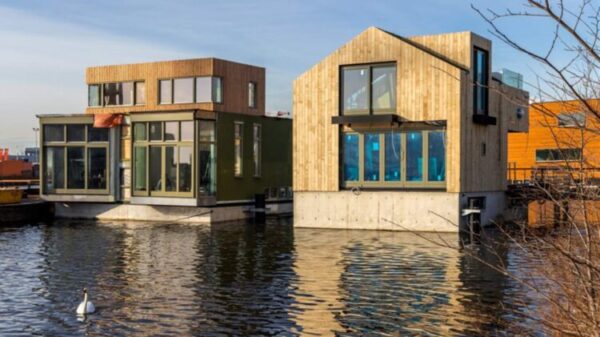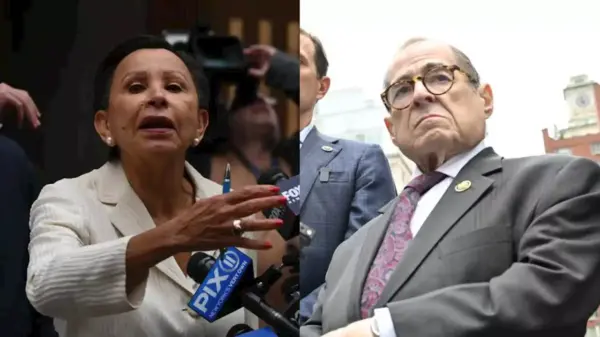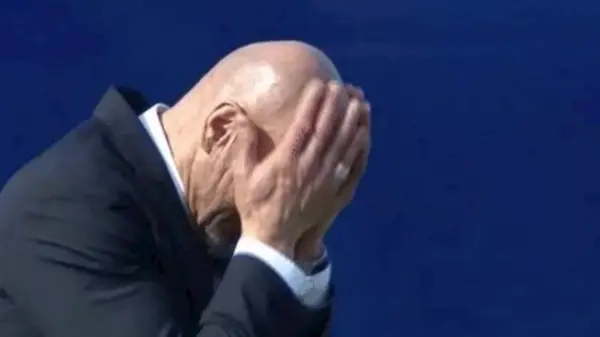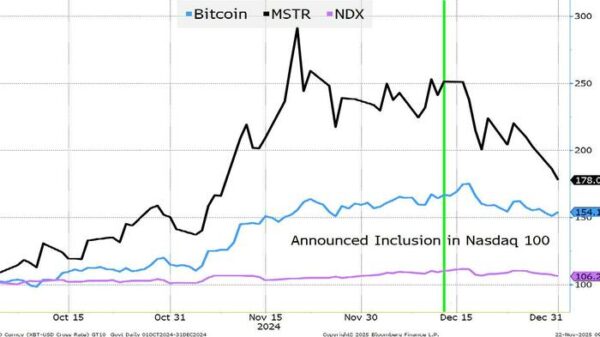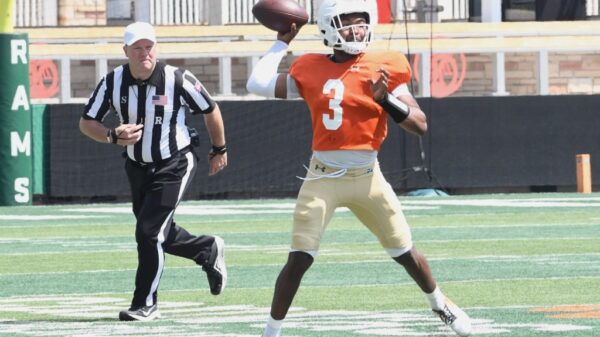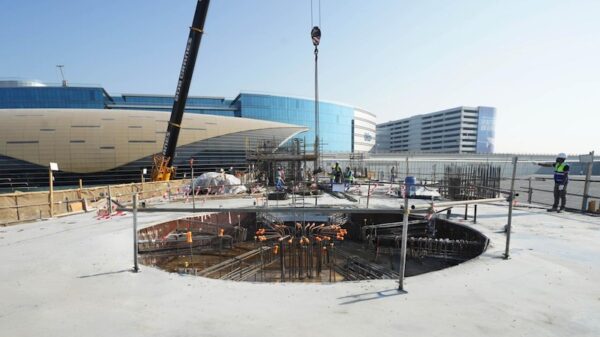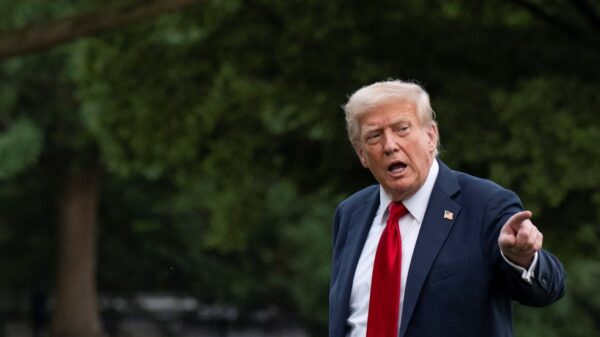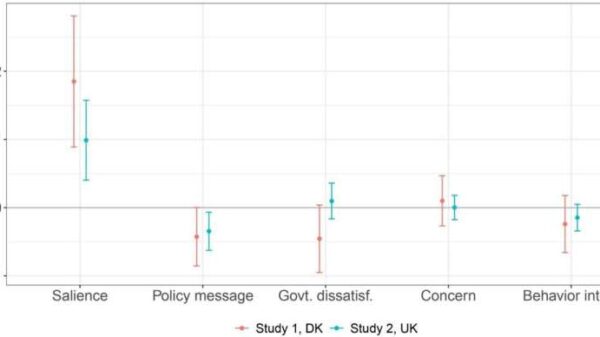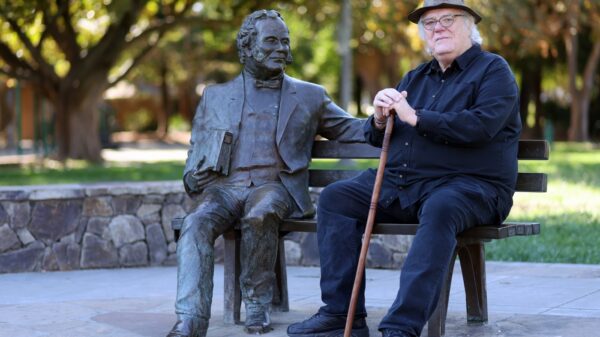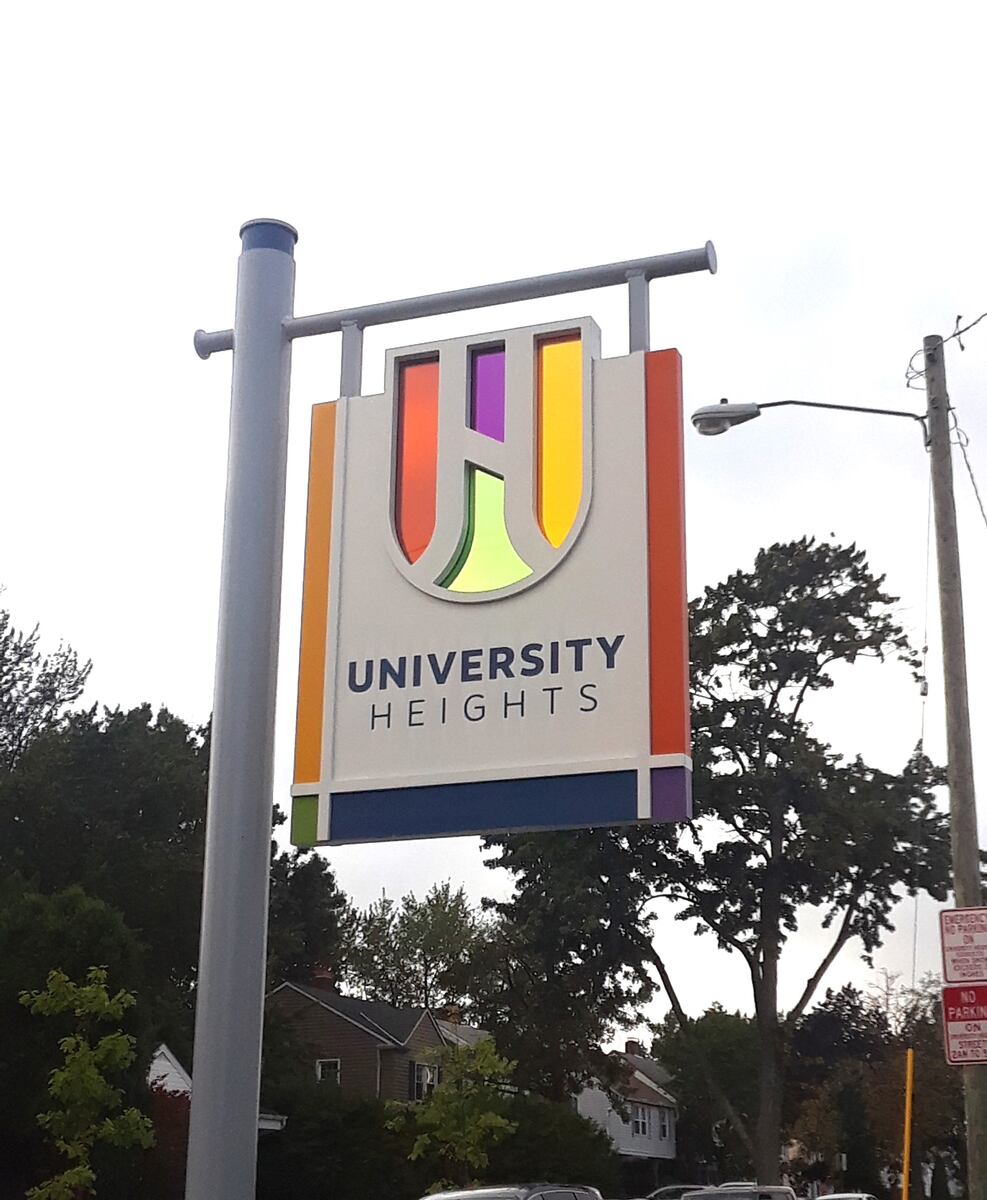A proposed trail connecting Cain Park in Cleveland Heights to Walter Stinson Park in University Heights has been indefinitely delayed. During a City Council meeting on October 9, 2023, discussions surrounding two legislative items intended to advance the Washington Boulevard Trail concluded without any motions for a vote.
The trail is part of the Heights Regional Active Transportation Plan, which involves the cities of University Heights, Cleveland Heights, and South Euclid. However, it is not among the project’s top priorities. The Council was presented with a proposal for design and surveying work costing approximately $216,000, which included $181,110 for design and geotechnical services and $35,800 for survey work.
Councilman John Rach expressed significant concerns regarding the project’s financial implications. Although the city would potentially receive a maximum grant of $1.2 million from the Northeast Ohio Area Coordinating Agency (NOACA), the city’s share after expenses could exceed $984,000. Rach noted that this amount surpasses the city’s spending on its entire road repair program for the year.
Both Councilwoman Win Weizer and Rach voiced strong opposition to advancing the trail project due to its high costs. Weizer, who presented research findings during her comments, raised concerns about the lack of public communication regarding the trail, referring to it as a project tied to a “mysterious grant.” She stated, “I find it interesting that we on council are being asked to fund the design of a trail that has little to no public communication and a lot of miscommunication associated with it.”
While Mayor Michael Dylan Brennan supports the trail and mentioned it in his 2024 state-of-the-city address, Weizer criticized the absence of a formal proposal to accept the NOACA grant. She highlighted that residents were not adequately informed about the trail’s details and that their input was not sought before advancing the plans.
Brennan defended the proposal, stating that without a design in place, there was nothing concrete to present to residents. He did, however, send a letter to Washington Boulevard residents, stating that “design planning for the first phase of the Washington Boulevard Multipurpose Trail has begun,” which Weizer argued was misleading.
Both Weizer and Rach clarified they do not oppose trails generally. Instead, they believe that the Washington Boulevard Trail may not be the best option at this time. Weizer suggested that funds could be better allocated towards improvements on Warrensville Center Road, which would include adding bicycle lanes and calming traffic. She pointed out that the Van Aken District in Shaker Heights has become a popular biking destination, indicating a potential benefit for University Heights.
The proposed trail was designed to include an 11-foot-wide concrete pathway extending 6,600 feet. A representative from the design firm American Structurepoint indicated that while efforts would be made to minimize tree removal, some would need to be cut down. Washington Boulevard was chosen for its wide tree lawns, which could accommodate a trail.
Rach proposed alternative plans that he claims could reduce the city’s financial burden by half, estimating a cost of around $427,000. His plan would shorten the path’s length to 530 feet, connecting directly to the front of Stinson Park instead of the back as originally planned. Rach also suggested using an asphalt surface rather than concrete, which would further reduce costs.
Community members also voiced their concerns during the meeting. Rebecca Slifer, a resident of Traymore Road, expressed skepticism about the trail’s necessity, suggesting that many cyclists prefer riding in bike lanes on streets rather than on dedicated trails. Slifer emphasized the importance of focusing on basic pedestrian needs, stating, “There are people in our community who have struggles just to walk around.”
Residents Charles and Joyce Riley, who live on Washington Boulevard, also opposed the trail, suggesting that the funds might be better directed towards completing the Warrensville Center Road project. They expressed frustration over the lack of communication and noted that they only learned about the trail plans through Weizer’s outreach.
Councilman Brian King acknowledged the trail project’s potential value but expressed interest in exploring alternative plans. With Mayor Brennan not seeking re-election and set to leave office on December 31, 2023, there is uncertainty about when or if the Washington Boulevard Trail project will be revisited. The ongoing discussions reflect a broader consideration of how best to balance community needs with infrastructure development.


